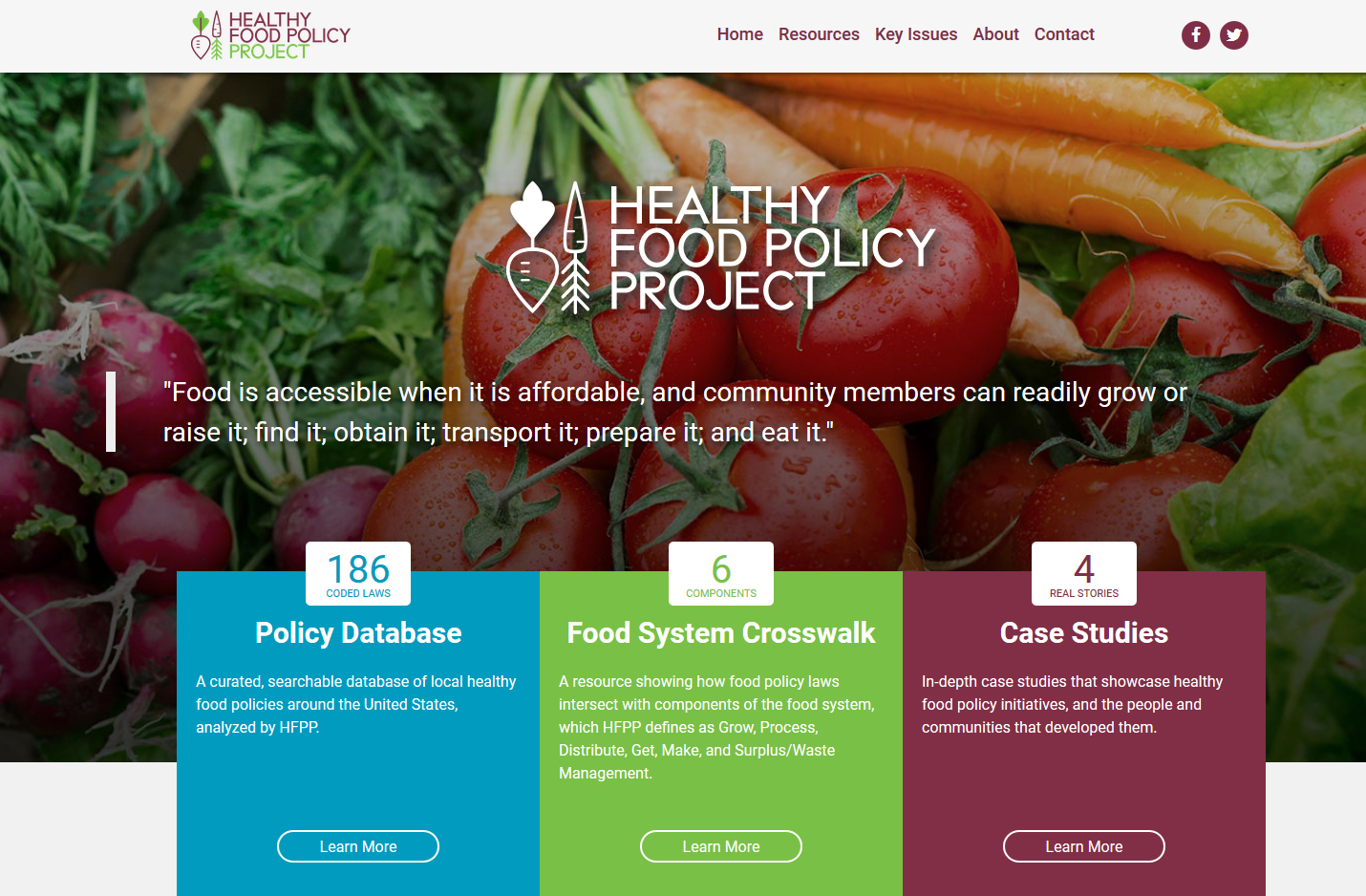
Share On Social!
Having easy access to healthy food can drastically change the way we eat.
So it’s alarming that Latinos neighborhoods lack grocery stores and other healthy food options, while abundant in fast food.
Policies that aim to make healthy food access a priority can improve the quality of food we eat, stimulate economic growth and create jobs.
That’s why three nationally recognized policy think tanks—the Vermont Law School’s Center for Agriculture and Food Systems, the Public Law Center, and the UConn Rudd Center for Food Policy and Obesity—partnered to launch the Healthy Food Policy Project (HFPP).
 The HFPP will focus on making healthy food access a priority for socially disadvantaged and marginalized groups, promote health equity, and support local economies through identifying policies that can contribute to the development of healthy and sustainable food systems.
The HFPP will focus on making healthy food access a priority for socially disadvantaged and marginalized groups, promote health equity, and support local economies through identifying policies that can contribute to the development of healthy and sustainable food systems.
The group’s new website launched Nov. 14, 2017, with:
- examples of local food policies and analyses by the HFFP;
- case studies of healthy food policy initiatives from around the country;
- a unique policy coding tool to help readers understand the policy analysis conducted by the HFFP; and
- a crosswalk of local laws and policies categorized by food system category and type of law.
The work of the HFPP is all made possible through a four-year collaborative agreement between the institutions and funding from the USDA National Agricultural Library.
For more, visit Healthyfoodpolicyproject.org.
For more about the impact of food policy on Latino communities in the Salud America! research reviews on food and Latino kids and sugary drinks. Learn more about food policy in schools from the Salud America! research review on schools and Latino kids.
Also, see what Salud Heroes are doing to bring healthy food to Latino communities, like this one:
By The Numbers
1
Supermarket
for every Latino neighborhood, compared to 3 for every non-Latino neighborhood



